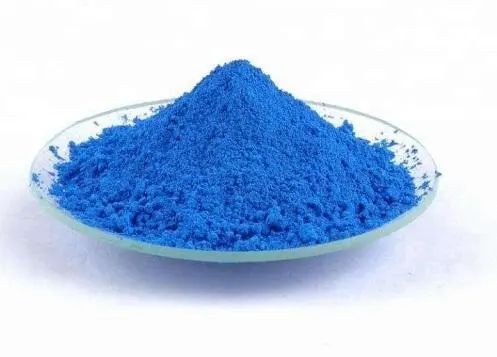Hydroxypropyltetrahydropyranotriol is the main functional component of Pro Xylane and has multiple possible isomeric configurations. We used HPLC method to compare and analyze the active components of multiple commercially available bosomes, and experimentally verified that the differential isomerization reaction is a condition for their different configurations.
The experimental results indicate that the boson generated from D-xylose is a derivative of D-xylose β- The N-shaped structure consists of two non enantiomers (50/50 ratio), and the main component of some manufacturers’ Pro Xylane products on the market is their epimerization products.
Pro XylaneTM is a product name independently developed by Europe for cosmetic raw materials. Its active ingredient is chemically named hydroxypropyltetrahydropyranol, and currently, the domestic cosmetic raw material industry equates hydroxypropyltetrahydropyranol with Pro Xylane.
Pro Xylane has attracted widespread attention from cosmetics manufacturers and beauty enthusiasts due to its ability to repair skin barriers, promote collagen regeneration, increase skin elasticity and firmness, and thus have anti-aging effects.
After 2019, numerous Pro Xylane products have sprung up in the domestic market like mushrooms after a rain. Due to the lack of industry standards, the quality of Bose products varies from 30% to over 90%, and the appearance color ranges from colorless to orange yellow. The quality of products is difficult to distinguish, making it extremely easy to produce counterfeit products, which can lead to cosmetic safety incidents. Bose is a patented product of Europe * *, and there is no legal standard on the market [1]. There are many isomers of hydroxypropyltetrahydropyranol, and it is urgent to study and explore what structure of bose is the target substance.
Based on this, we used D-xylose, D-arabinose, and L-lysulose as raw materials and conducted different experiments to avoid and enhance epimerization reactions [2]. We analyzed the products using high-performance liquid chromatography, and compared the spectral differences to demonstrate that epimerization is the main cause of Pro Xylane isomers. Based on spatial stability theory and experimental verification, we determined that the target products of Pro Xylane isomers are mainly D-xylose derivatives β- The N-shaped structure consists of two non enantiomers (ratio 50/50).
Comparison of liquid phase spectra of commercially available Pro-XylaneTM
Take an appropriate amount of sample, prepare a 3mg/mL solution with mobile phase, and determine it by HPLC-ELSD. The liquid chromatography diagram is as follows:

Fig1. Supplier 1

Fig2 Supplier 2

Fig3 Supplier 3

Fig4 Supplier 4

Fig5 Supplier 5

Fig6 Supplier 6
From the above spectrogram, it can be seen that the number and position of Pro Xylane peaks in liquid chromatography from several manufacturers are the same, but there are differences in their content.
Analysis of Pro-XylaneTM Synthesis Products
Pro-XylaneTM is obtained by condensation of xylose and acetylacetone, followed by a reduction reaction [3]. Xylose is a five carbon sugar that undergoes spin reaction and epimerization reaction in aqueous solution under certain conditions [4]. During the study of the synthesis process of Pro Xylane [5-7], we found that the reaction products are relatively complex. Through nuclear magnetic resonance analysis, the structures of these substances are similar, indicating that they are isomers.
The main epimers of xylose include arabinose, lysose, and ribose (which can also form ribose and xylose, but the formation of these two sugars is relatively difficult and will not be further studied here).
Conclusion
This article compares the liquid chromatograms of different manufacturers of Comparison on the market and finds that the number and position of peaks are the same, but the content is different.
To investigate the target product and its production mechanism, D-xylose, D-arabinose, and L-lysulose were used as raw materials to react with acetylacetone under the conditions of avoiding epimerization and enhancing epimerization reaction. Then, sodium borohydride was used to reduce the reaction. The product was determined by HPLC and NMR, and based on the theoretical analysis of spatial stability and experimental results, it was determined that the main target product of Bosin was D-xylose derivative β- The N-shaped structure consists of two non enantiomers (ratio 50/50). The main component of some samples on the market is the product of xylose epimerization reaction.
| Products Name | Effect | Contact us |
| Pro-Xylane | Maintain skin elasticity and prevent aging. | Inquiry |









